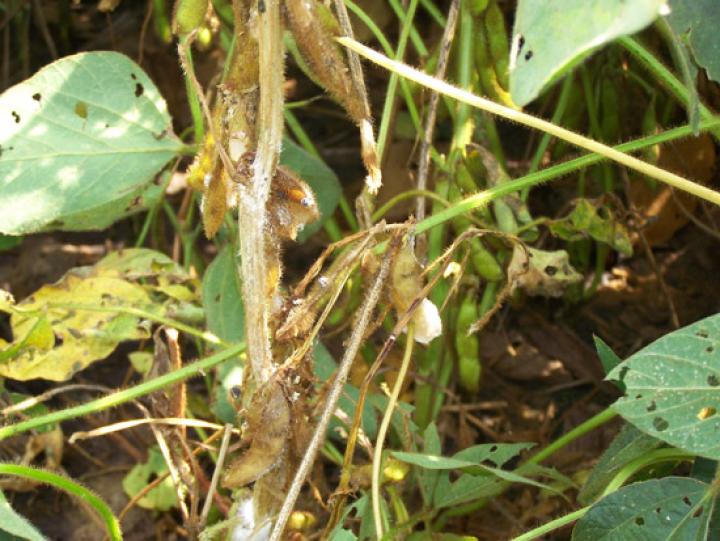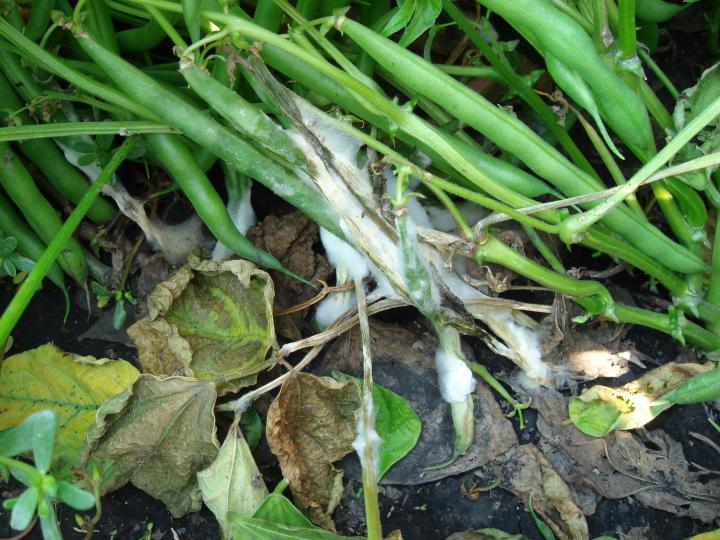






Here are tips on how to identify, control, and prevent the fungal plant disease white mold.
White mold, also known as sclerotinia, is a fungal disease that affects over 360 different plants, including beans, peas, lettuce, and members of the cabbage family. White mold is sometimes called timber rot when it affects tomatoes. Mold symptoms appear on blossoms, stems, leaves, and pods that have water-soaked spots. Leaves will wilt, yellow, and die; pods may rot.
Host crops are most susceptible during flowering, but young seedlings are also very vulnerable. White mold typically infects the plants early in the spring or summer and then develops unnoticed for a while. White mold fungus releases spores when the weather is cool, and these spores can be carried by the wind and infect other plants. This is why it is so important to catch white mold and destroy infected plants quickly.
White mold symptoms vary depending on the environment and type of plant, but here are some common ones:

Cabbage Root Maggots: How to Identify and Get Rid of Garden Pests
Earwigs: How to Identify and Get Rid of Garden Pests
Mexican Bean Beetles: How to Identify and Get Rid of Garden Pests
Squash Vine Borer: How to Identify and Get Rid of Garden Pests
Tomato Hornworms: How to Identify and Get Rid of Garden Pests
Copyright © www.100flowers.win Botanic Garden All Rights Reserved